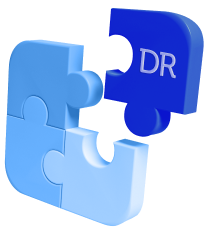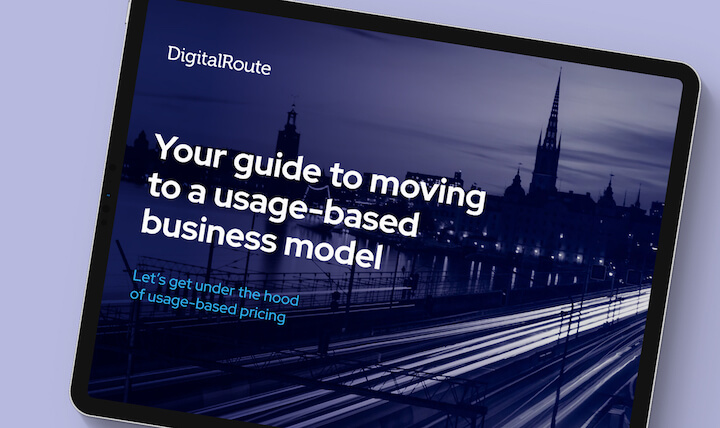Pay-as-you-go (PAYG)
PAYG (Pay-as-you-go) is a pricing model where customers are billed based on their actual usage or consumption of a product/service, rather than paying for a fixed fee upfront.
What Is PAYG?
PAYG (Pay-as-you-go) is a pricing model that enables payment for products or services at the time of purchase or prior to usage. It provides users with the freedom to pay for what they require, eliminating the need for upfront payments or long-term contracts.
PAYG is widely employed in various industries like mobile phone plans, utility services, and transportation (e.g., tolls or public transport fares). This payment model empowers individuals to exercise better control over their expenses and usage, ensuring they only pay for what they truly utilize.
The adoption of PAYG offers users the convenience of immediate access to desired products or services without being tied to lengthy commitments or the burden of significant upfront payments. Moreover, this model exudes flexibility as users can easily tailor their usage and spending according to their specific needs and financial capabilities.
PAYG vs. Usage-Based / Consumption-Based
The PAYG and usage-based / consumption-based pricing models are similar in that they both involve customers paying based on their usage of a product or service. However, there are some differences between the two models.
PAYG
Cost Structure: Determined by factors other than usage alone, such as flat fees, one-time charges, or subscription fees.
Pricing Structure: May involve predefined pricing tiers or packages, where users pay a fixed amount for specific levels of access or usage.
Relationship Between Cost and Usage: Cost and actual usage may not have a direct correlation, as prices can be based on various factors or packages.
USAGE-BASED / CONSUMPTION-BASED
Cost Structure: Directly reflects the cost of consumption, usually through a base rate and additional charges for the volume or duration of usage.
Pricing Structure: Typically based on incremental units of usage, such as per minute, per kilowatt-hour, or per usage event.
Relationship Between Cost and Usage: Cost and usage are direct and proportionate. The more a user uses a product or service, the higher their cost will be.
What Are the Use Cases of the PAYG Pricing Model?
Software-as-a-Service (SaaS)
Many SaaS businesses leverage the pay-as-you-go (PAYG) pricing model to provide flexibility and scalability to customers. This allows users to pay for the specific features or resources they use, making it suitable for customers with varying needs or those looking to test a service before committing to a larger plan.
Cloud Computing
PAYG pricing is widely adopted by cloud service providers like Amazon Web Services (AWS) and Microsoft Azure. Customers are billed based on their usage of computing power, storage, network bandwidth, or data transfer. This model enables organizations to easily scale their infrastructure as needed and align costs with actual usage.
APIs and Microservices
Organizations offering APIs or microservices often employ the PAYG pricing model. Customers pay according to the volume of API calls or the usage of specific microservices. This flexible pricing approach allows developers to pay for the exact resources they need, encouraging experimentation and innovation.
Telecommunications
Telecom companies may offer PAYG pricing plans for mobile phone services. Customers pay based on the number of minutes, texts, or data they use. This model suits customers with varying usage patterns and provides them with control over their expenses.
Utility Services
Utility companies, such as electricity or water providers, may implement PAYG pricing models. This allows customers to pay for the exact amount of usage, promoting resource efficiency and mindful consumption.
These are just a few examples of industries where the pay-as-you-go pricing model is commonly used. Its flexibility and cost-effective nature have made it a popular choice for businesses and consumers across various sectors.
A PAYG pricing model needs to have a flexible and agile quote-to-cash infrastructure in the background that enables seamless and automated handover of data between the different systems (from contract management tools to ERPs, all the way to subscription billing systems) to ensure transparent and accurate consumption-based billing. That’s precisely what a usage data management solution like DigitalRoute enables.
Read how we enabled a leading utility company launch a PAYG model.
What Are the Benefits of the PAYG Pricing Model?
The PAYG pricing model offers several benefits for businesses and consumers:
Cost-Efficiency
The PAYG model is inherently cost-efficient as it allows businesses to charge customers for exactly what they consume. This helps to eliminate unnecessary costs associated with unused resources or services.
Flexibility
PAYG pricing provides customers with flexibility by allowing them to pay for the resources or services they need, as and when they need them. This model is particularly useful for customers with varying usage patterns or those looking to test a service before committing to a larger plan.
Fairness
The straightforward nature of the PAYG pricing model promotes fairness as customers are only charged for the actual resources or services they utilize. This helps to create a more equitable pricing structure compared to fixed subscriptions or upfront payments.
Scalability
With PAYG pricing, businesses can easily scale their usage of resources or services based on demand. This scalability allows organizations to align their costs with their actual needs, ensuring efficient resource allocation.
Promotes Innovation
The flexibility of the PAYG pricing model encourages experimentation and innovation. Businesses can try out new services or features without committing to long-term contracts, fostering a culture of innovation and allowing for adaptability in a changing market.
What Are the Challenges and Limitations of PAYG?
Complex Pricing
Companies must set individual prices for numerous product features or services, making it a more complicated process when compared to simple flat-rate plans. Therefore, the pricing must align with usage costs.
Unpredictable Revenue
PAYG pricing model tends to result in revenue which is less predictable, as customers are charged for only what they consume. This can become a challenge for businesses in financial planning and forecasting.
Potential for Bill Shock
Customers who are not diligent in managing their usage or monitoring their bills may experience bill shock, especially if they exceed their expected usage. This can lead to unexpected and higher-than-anticipated charges.
Potential for Higher Costs
In certain scenarios, the PAYG pricing model could result in higher overall costs when compared to fixed plans, particularly for customers with steady and predictable usage patterns. As a result, it is essential for consumers to evaluate their usage needs and compare pricing options to ensure cost-effectiveness.
Inaccurate Usage Forecasting
The PAYG pricing model could create challenges for businesses to provision resources or services accurately. Therefore, companies that rely on this pricing model may face difficulty in predicting and provisioning resources or services correctly based on fluctuating demand.
Incentive for Overconsumption
The nature of PAYG pricing can sometimes create an incentive for customers to overconsume in order to maximize the value of their payment. This overconsumption may not align with actual usage needs and can lead to unnecessary cost.
What Are the Emerging Trends in the PAYG Pricing Model?
Mobile Technology Enablement
Utilization of mobile technology to facilitate access to essential services, allowing customers to make payments, monitor usage, and access services conveniently and flexibly.
Maturing PAYG Solar Sector
Remarkable growth and accomplishments in less than a decade, driven by advancements in battery technology, rapid mobile payment growth in emerging markets, and developments in data science.
Digital Enablement for Sustainability Goals
Emergence of digitally enabled PAYG business models providing access to technologies aligned with sustainable development goals, such as electricity, water, sanitation, and agricultural irrigation.
Expansion Beyond Solar
Widening adoption of PAYG models beyond solar to encompass sectors such as off-grid lighting, appliances, and other essential services, contributing to financial inclusion and serving underserved communities.
These trends signify the increasing relevance and potential of the PAYG pricing model in addressing global challenges related to accessibility, affordability, and sustainability of essential services.
Related Terms
People also ask
How does PAYG work?
PAYG pricing tracks customer usage, assigns a price per unit, bills based on actual usage, and offers flexibility for scaling usage.



